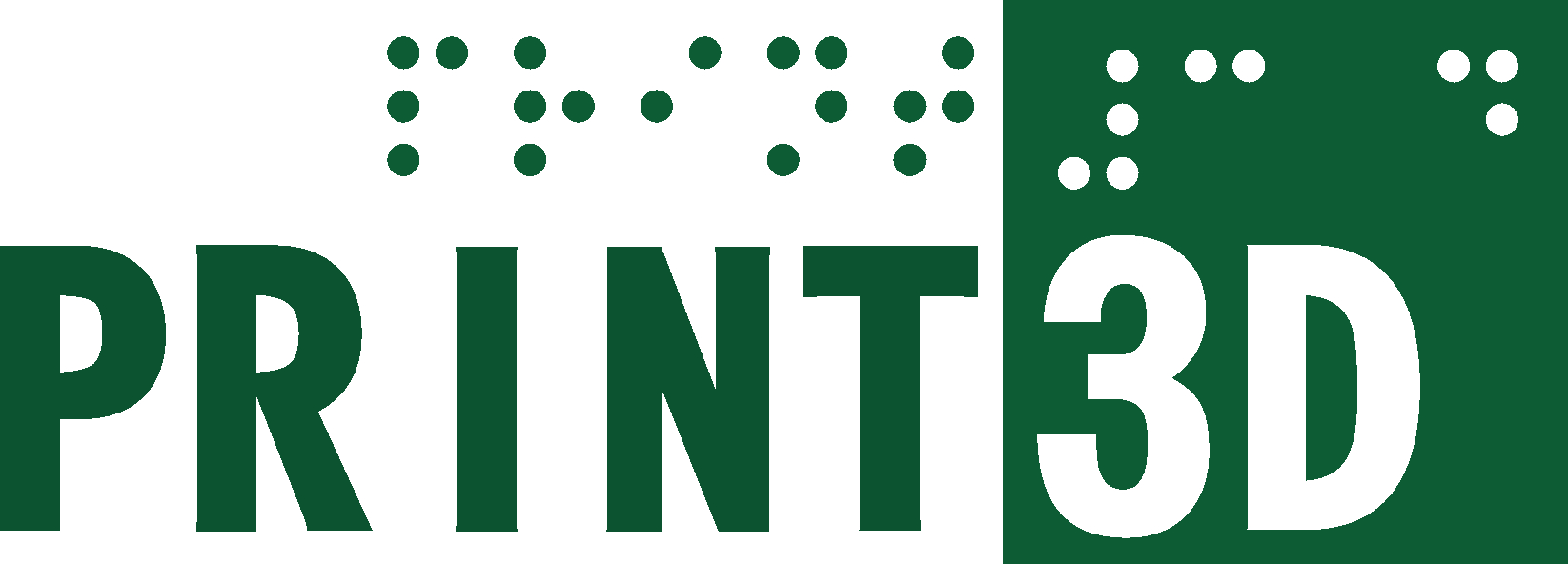The visually impaired constitute a community at risk of social exclusion. Beyond the strict definition of visual impairment, or the percentage of vision loss of each individual, adequate training is crucial for the full social integration of this community. In addition, raising the awareness of the rest of the population towards the special needs of disadvantaged groups in general and visually impaired people in particular requires educational interventions in this regard.
On the other hand, the emergence of new technologies, such as 3D printing, has opened a range of educational possibilities and services that can alleviate the aforementioned inequalities and collaborate in inclusive actions.
The main objective of this project is to attend to the inclusion of students with visual impairment. This objective is addressed from a number of points, including service-learning methodologies that promote awareness of the needs of this group and the educational development of 3D printing skills. The 3D products can facilitate routines and empower the visually impaired students involved in their design, production and evaluation.
It is strongly recommended that the visually impaired attend a specific training, but also it should be complemented by inclusive training in conventional schools. Students entering the school for the first time always receive the pertinent documentation that includes, generally: schedules, rules, staff of the centre, facilities plans (blueprint), etc. All these data are usually translated into Braille when a visually impaired student enters. Everything except plans.
Around this last “lack” and necessity this project is structured. To this end, it is proposed:
– Design a specific training of teachers that includes: a) technical and didactic aspects of 3D design and printing; B) knowledge about the service-learning methodology centered on visual impairment.
– Develop and edit a didactic unit related to 3D printing linked to the learning service, including a teacher’s guide and an associated student mini textbook.
– Train teachers in this regard to implement both ideas in the classroom.
– To implement in the classroom the learning of 3D printing, with the aim of generating useful objects for the visually impaired, in particular school plans, as well as plans of outpatient clinics, hospitals, metro stations, urban routes maps, etc.
– Involve students with visual impairment in the process of learning competencies in 3D printing, including the design, preparation and / or evaluation of the “3D objects” produced.
– Make available to the community of people with visual impairment such objects. Depending on the number and quality of “manufactured” objects, they will be donated to the “mapped” places (hospitals, museums, etc.).
The expected impact is clearly visible. There will be effects, both in awareness-raising about the visual impairment (among the participating students), and in improving the life conditions of the final users of the 3D objects. All the necessary means of diffusion will be used to guarantee its visibility. Likewise, the sustainability of the project is ensured both by the long “useful life” of the objects generated (permanent regarding their designs), as well as by the didactic methodology used. It will be easily replicable in successive years and surely, will leave a mark (in values) in the participating students.
In order to guarantee the success of the project, we have tried to ensure that the partnership covers the maximum aspects. The partners are: two governmental and one non-governmental organizations dedicated to the inclusion (education and rehabilitation) of the visually impaired; A company that produces 3D printing equipment; An educational regional institution; Several educational centres where there are visually impaired students enrolled. In addition, the geographic location of the partners (Greece, Latvia, Spain and Iceland) ensures sufficient variety to generate the corresponding synergies, providing very different visions of the project approach, thus ensuring an adequate European dimension.
https://ec.europa.eu/programmes/erasmus-plus/projects/eplus-project-details/#project/2017-1-ES01-KA201-038019

